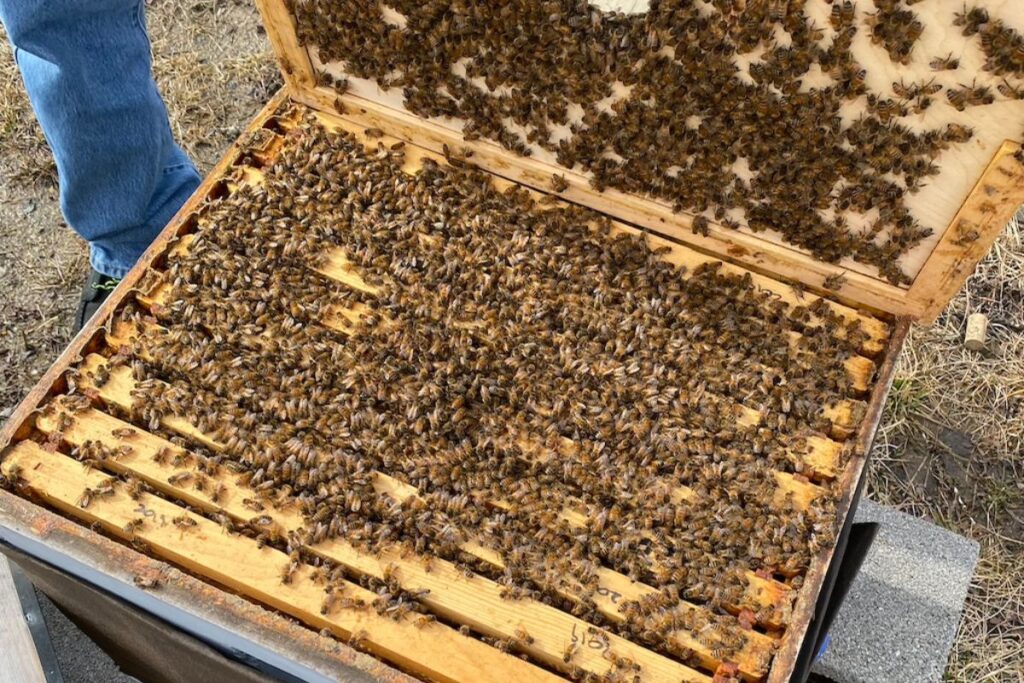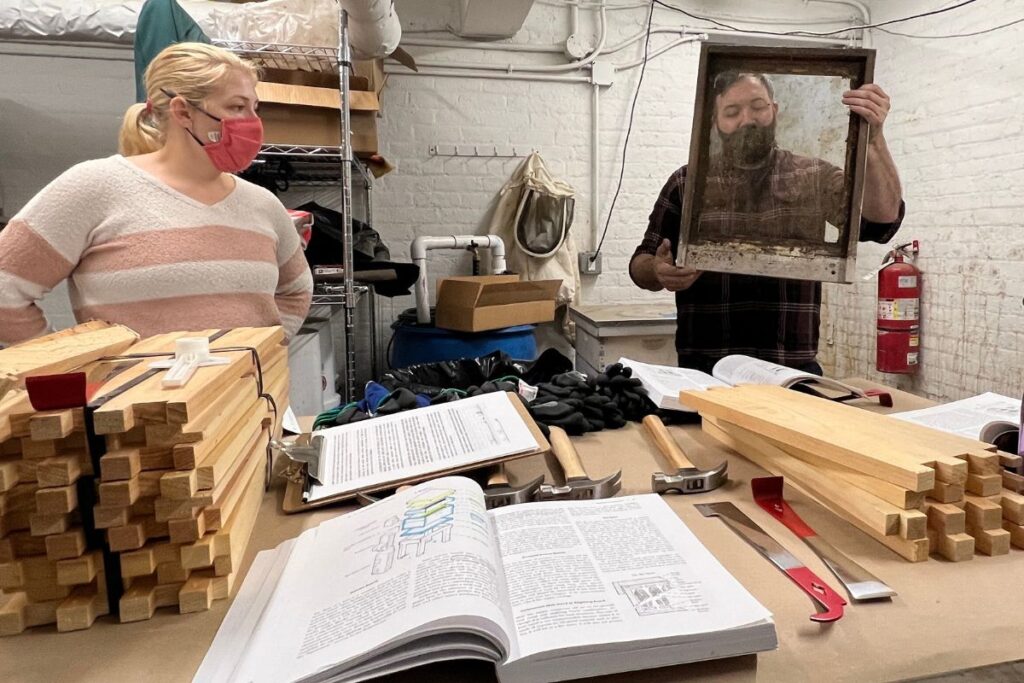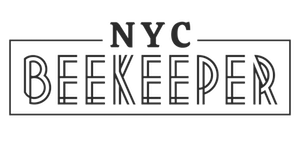February is a critical month in the overwinter survival of your bees. Especially when temperatures do not stay consistently low, the colony can really eat through its winter stores. This is exacerbated when you also consider that the queen is laying and building her brood nest. The brood needs about 93F to properly develop and the workers will generate it. They will need to eat a lot to have the energy to keep the brood nice and warm.
Inspecting Your Hive(s)
Before opening up the hive, it’s best practice to listen for bees with your ear directly on top or the side of the hive. This will give you a good idea if there is any activity going on inside the colony or if the colony is dead. On warmer, windless days you can open the top of the hive to make it easier to see where the cluster is located. Do not remove frames or break the cluster if temps are not above 50F.
You should check for moisture around both your inner and outer covers as this can cause mold or fungus growth within your colony. The condensation can also rain back down on the cluster making the bees wet and more likely to succumb to cold temps. If you find any signs of moisture, make sure to address them quickly before they do any real damage. If the cluster is far away from frames of honey, consider moving some of those frames closer to the cluster. Again, do not break the cluster.

Feeding
As February is one of the coldest months in the NYC area, your colony may have little to no opportunities to forage on the very few sources that may be available. If you did not make sure the colony had ample stores going into winter, it will be difficult for bees to make ends meet without additional help from you. You can tell when the bees are in need of food by their location in the hive. They will only move upward, so if they are up against the inner cover, they need to be fed.
Fortunately, there are several feed options for your colony to survive the winter months. A few include dry sugar, candy boards, fondant, and winter patties. All of these are solid sugar sources. Do not add sugar syrup or any other liquid feed to your colony at these temperatures. The bees will likely not touch it, making your efforts pointless. Even worse, this may introduce excess moisture into the hive and cause mold or even the death of the colony.
If you choose to purchase or make winter patties, do not confuse them with pollen patties. Feeding pollen or pollen substitute will encourage brood production. While this is a great strategy during the spring build-up or even late summer dearth, it is not ideal for late winter. If the bees produce more brood than they can effectively warm, the excess brood may die during cold spells and even worse, may rot and mold in the comb. This creates a very unhealthy environment for the bees. Winter patties are almost totally made of sugar and will give the bees the carbohydrates they require.
If you have multiple hives and one dies with honey stores intact, consider consensing the honey frames together in one box and adding that to the top of a hive that needs to be fed. This way the honey will not go to waste or get robbed out by other creatures. Your combs will also remain protected and not need to be stored.
Check Your Ventilation
During the winter, it is important to make sure the hive has adequate ventilation to prevent moisture buildup and condensation. This can be achieved by opening the hive entrance slightly or adding ventilation holes to the hive.
You can determine if you have a ventilation problem by checking the underside of the inner cover. If it is wet or growing mold, you may have an issue. Add ventilation by drilling a hole in the side of the top box, or by adding a shim or notched inner cover to allow some of the warm moist air to escape. You can also add material to absorb moisture like newspaper or wood shavings. This material should be in a vent box or shim at the top of the hive.
Prepare for Spring
If you have any hives that have already died, make plans to inspect the frames. If they are disease-free, clear out the dead bees and clean the equipment. This can include scraping down excess propolis, removing old comb, or replacing/repairing broken frames or boxes. Any honey still in the hive can be moved to another hive or extracted by the beekeeper. Be sure to extract within a few days of collecting the frames to ensure pests like wax moths do not get to them.

It’s time to start planning for the spring if you haven’t already. This can include ordering new bees or equipment, repairing or replacing old equipment, and making sure you have everything you need to start the beekeeping season. Review inspection notes from the previous year and figure out what you will do differently this spring.
By taking care of some light maintenance of your bee hive, you will be setting yourself and your bees up for a successful spring build-up.
Do you have some handy tips or something to add? Tell me how you prepare for the coming season in the comments.
Photo credits: Michael Kaminski
Additional Context
This blog series includes information that is applicable to many different regions and climates however, it is based on the greater New York City area and climate. Some of these recommendations may have slightly different timing depending on your specific location and seasons. These are only recommendations to be used as a guide, not set rules. You will have to determine your hive’s own timing as it may vary as described here.



Thanks Nick. Just found this page . So happy I found info specifically for NY. . (I took one of your workshops over a year ago)
I have 2 hives in Brooklyn.
Been lots of activity on the nice days. If I don’t have candy board, but you say straight up sugar? Also do you do anything for mite control in the spring. I’ll try join the live event on Thursday
Thanks again
Tracy in Bushwick
Tracy, for feeding the important thing is to keep them fed, no matter what it is. Look up ‘mountain camp feeding’. It involves giving the bees dry granulated sugar on a piece of newspaper across the top frames.
Hope to see you in the chat/comments on Thursday. Please bring your feeding questions, we’ll talk about them.
WONDERFUL INFORMATION. THANK YOU.
Glad to hear it! You made my day.